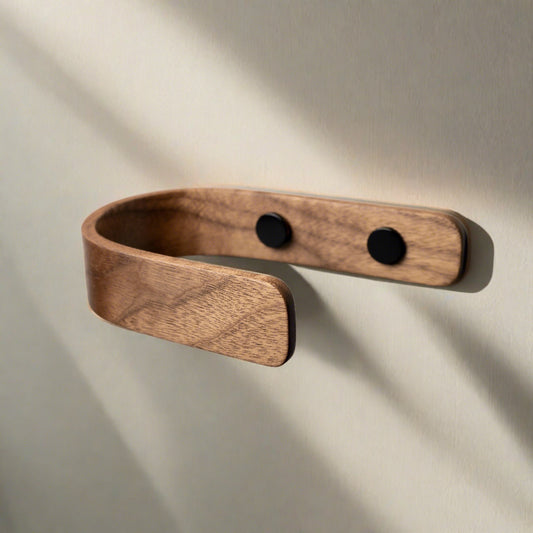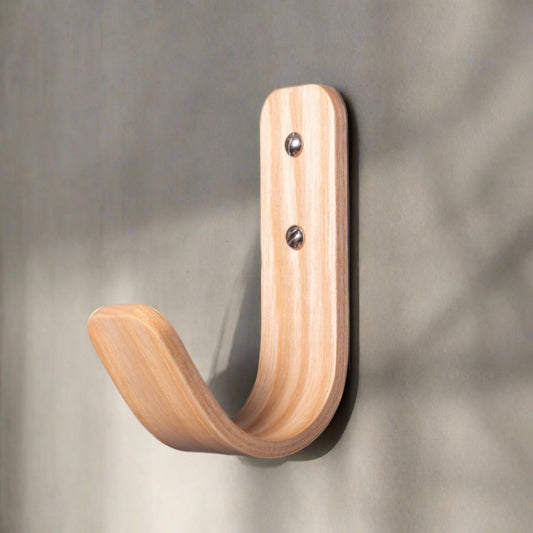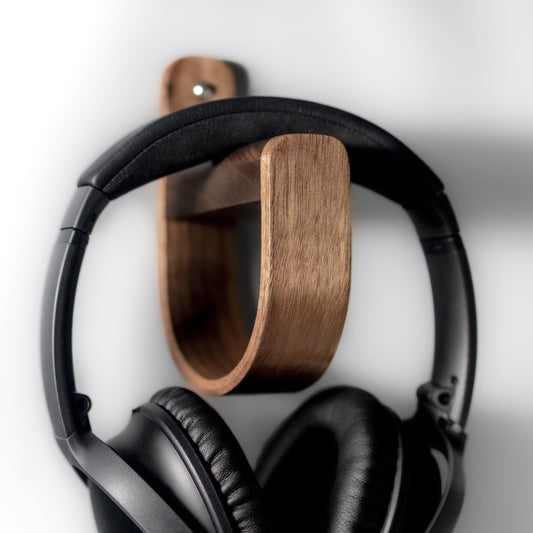Hardwoods have long been admired for their durability, timeless beauty, and versatility. From flooring and furniture to cabinetry and decorative pieces, hardwoods play a significant role in enhancing the aesthetics of our living spaces. However, not all hardwoods are created equal. In this blog, we will delve into the fascinating world of hardwoods, exploring their unique characteristics and the key differences that set them apart.
-
Types of Hardwoods:
Hardwoods can be broadly categorized into two groups: deciduous and evergreen. Deciduous hardwoods, such as oak, maple, and cherry, shed their leaves annually. Evergreen hardwoods, like teak and mahogany, retain their leaves throughout the year. Each type of hardwood brings its own set of qualities and characteristics to the table.
-
Grain Patterns:
One of the most visually striking differences among hardwoods lies in their grain patterns. The arrangement of fibres in the wood, commonly known as the grain, varies significantly. For example, oak is known for its prominent and pronounced grain, while maple has a more subtle and uniform grain pattern. The uniqueness of grain patterns contributes to the distinct appearance of each hardwood species.
-
Colour Variation:
Hardwoods showcase a wide spectrum of colours, ranging from light tones to deep, rich hues. For instance, the warm reddish-brown tones of cherry contrast with the pale, creamy colour of birch. The natural coloration of hardwoods is influenced by factors such as species, age, and environmental conditions. As hardwoods age, they may undergo subtle colour changes, adding to the character of the wood.
-
Hardness and Durability:
Hardness, measured on the Janka hardness scale, is a crucial factor in determining a hardwood's resistance to wear and tear. Some hardwoods, like Brazilian walnut and hickory, are exceptionally hard and durable, making them ideal for high-traffic areas. Others, such as cherry and pine, are softer and may be better suited for areas with lower foot traffic.
-
Workability and Finishing:
The workability of hardwoods refers to how easily they can be cut, shaped, and finished. Oak, for example, is known for its excellent workability, making it a popular choice for furniture and cabinetry. Certain hardwoods may have open pores that absorb stains differently, affecting the finishing process. Understanding the workability of a particular hardwood is crucial for achieving the desired result in woodworking projects.
-
Environmental Considerations:
Sustainability is a growing concern in the world of hardwoods. While some species, like bamboo and eucalyptus, are fast-growing and considered environmentally friendly, others, such as tropical hardwoods like teak, may raise concerns about deforestation. Choosing hardwoods certified by organizations like the Forest Stewardship Council (FSC) ensures that the wood comes from responsibly managed forests.
Conclusion:
In conclusion, the world of hardwoods is rich and diverse, offering a plethora of options for various applications. Understanding the differences in grain patterns, colours, hardness, workability, and sustainability will empower you to make informed decisions when selecting hardwoods for your projects. Whether you're renovating your home, crafting custom furniture, or simply appreciating the beauty of natural wood, exploring the unique characteristics of hardwoods adds depth and nuance to your woodworking endeavours.



